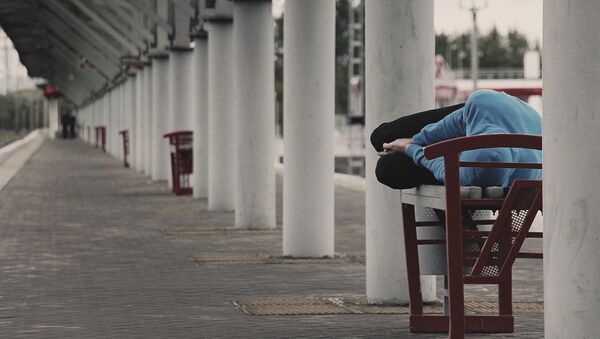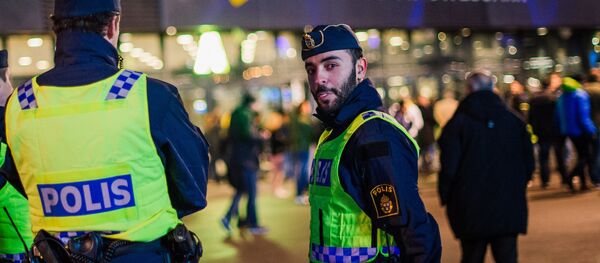"We have seen a sharp increase in the number of young homeless people since 2009. Many of them have mental problems or come from socially vulnerable strata, but also have many other backgrounds," Lars Benjaminsen, a researcher at The Danish National Centre for Social Research (SFI) who masterminded the recent survey on homelessness in Denmark told Danish newspaper Avisen.
In total, the number of homeless persons increased by 23 percent from 4,998 in 2009 to 6,138 in 2015, when the last census from SFI was made. During the same period, the number of young homeless people increased by 56 percent. Looking at the 18-24 age bracket, the figure almost doubled. According to SFI, a marked increase has occurred during the recent four months in primarily metropolitan areas of Copenhagen and Aarhus.
Lars Benjaminsen from SFI pointed out a mixture of individual social problems and structural problems in society as the cause of the spike in homelessness whereas Preben Brandt, the chairman of the Project Outside with experience stretching over almost four decades, argued that the image of homelessness has changed a lot in recent years.
"When I started, it was predominantly older alcoholics who were homeless. Today, we encounter more young people," Preben Brandt said, blaming cuts in social services.
"You could say that homelessness has changed a lot in the last five-six years," development secretary Lars Larsson told Swedish Radio.
In the 2016 survey, the majority of the homeless had foreign citizenship — for the first time in Sweden's history.
"We have a population increase that to a very large extent consists of people who have only been in Sweden a short time and had a weak position in the housing market. In fact, they could be called debutants in the housing market," Lars Larsson said.
Mathias Bred, columnist at Swedish Daily Göteborgs-Posten, argued that homelessness is part of the new society, which proves that the Swedish welfare state is not working as in textbooks.





